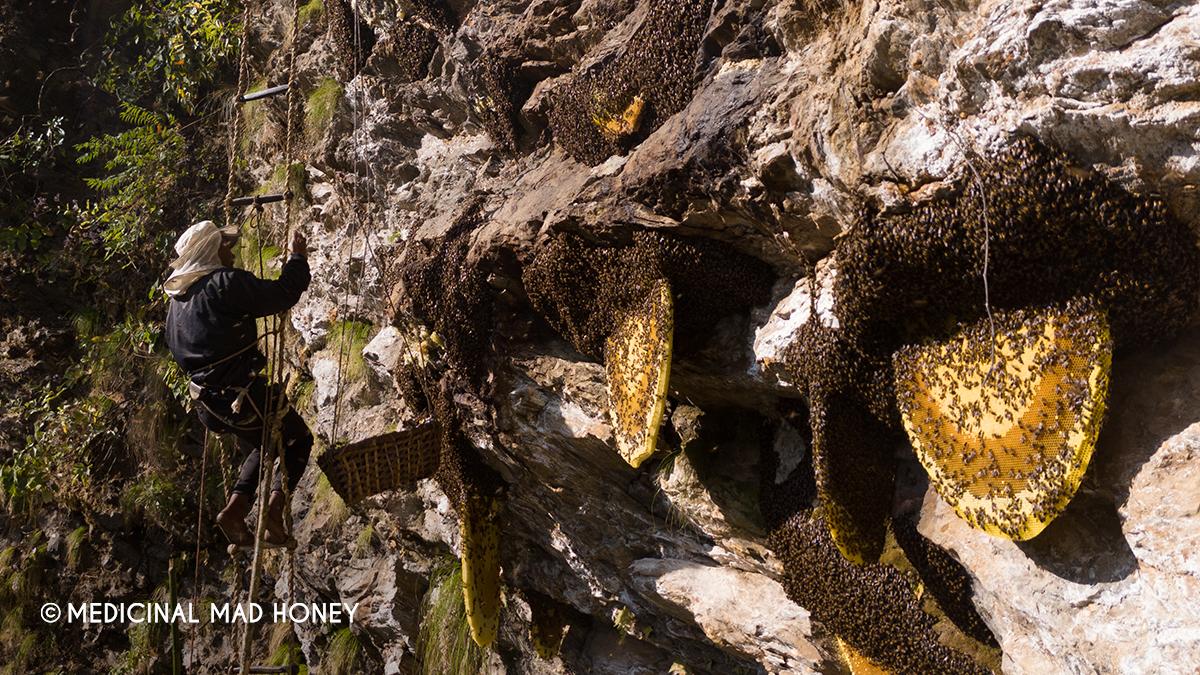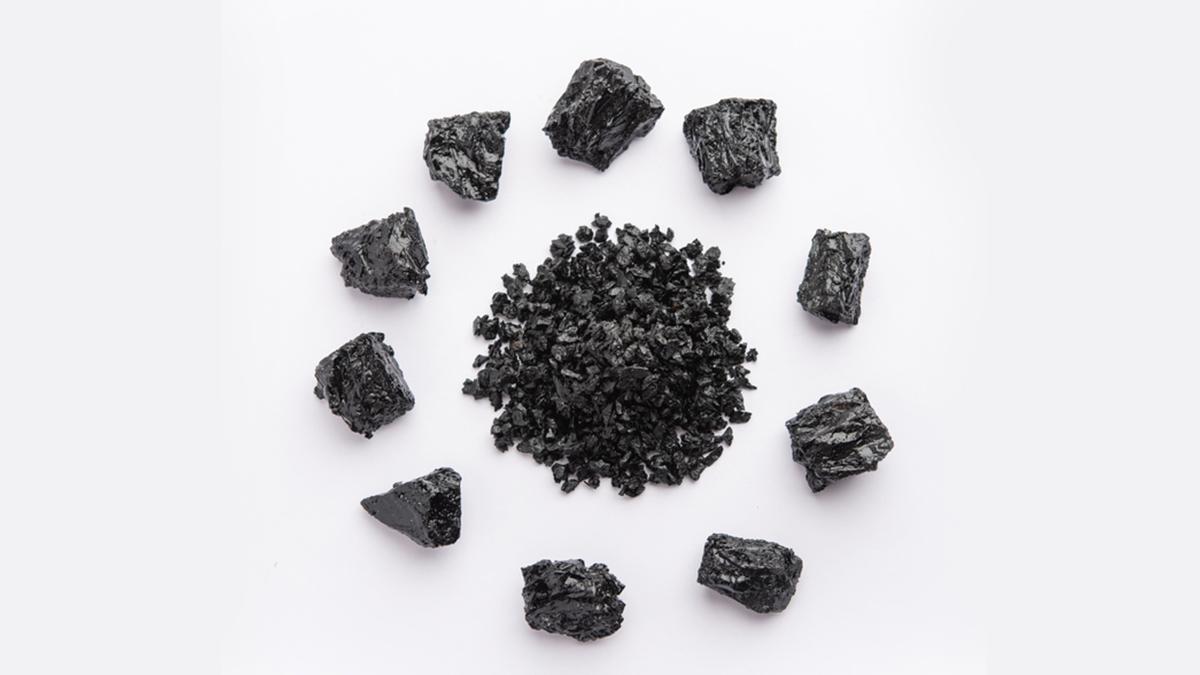Shilajit and Mad Honey from the garden of the Himalayas are two most sought out products. Although in the Gulf Coast, where we control our unique natural setting, we may repair hard clay soil, determine when to plant Bermuda or St. Augustine and struggle with fungi that thrive in humidity. But beyond our garden walls, nature is still making more peculiar things. We will today examine two of these most interesting: the Mad Honey and the Shilajit that comes from the garden of the Himalayas.
These might sound like ancient potion ingredients, yet the products are Earthilier made by some plants, as well as animals, including geological processes. We are nature lovers and hence their tales are fascinating to us as gardeners.
Mad Honey: Unique Honey from The Cliffs
Forget fire ants and mosquitoes. The mountainous cliffs in Nepal and Turkey present a totally unique marvel of nature known to the world by the name of Mad Honey.

Made by the world’s largest honeybee in the world known as Apis laboriosa, this honey contains natural neurotoxin called Grayanotoxin. The psychoactive effects are not because of the bees but because of the Grayanotoxin present in the flowers of Rhododendron flower.
Whenever bees visit such flowers, the neurotoxins are carried along with them which under further processing and evaporation turns into the honey. People take this potent honey in small and traditional doses claiming its medicinal property for healing and intoxicating qualities for recreations.
Also, at higher doses, it tends to lead to intense dizziness, nausea, and vomiting, a condition called in medicine as mad honey poisoning. The effects are somewhat relatable to the psychoactive substance making Mad Honey one of the sought out substances among the recreational community as well as health enthusiasts.
Shilajit: The Compost of the Ages
Mad Honey would teach us the correlation between plants and insects but there comes a unique tar like substance that is completely related to plants, geology, science and patience Shilajit (shi‑la‑jeet) commonly referred to as rock sweat or mountain tar is a sticky, tar-like substance that oozes out of joints between rocks in high altitude ranges of Himalayan ranges.

So what does this imply in respect to gardening? Everything.
Shilajit is not merely a mineral, it is the products of slow, pressure-cooked deterioration of ancient plants-mostly peat moss (Sphagnum) and other plants over millions of years. Think of it as the ultimate form of composting. This material was compressed under tectonic pressure and eventually modified by the microbes over the millennia unlike backyard compost that decomposed in a season.
The process results in a substance that is highly fulvic/homic acids an organic subjects that are key to soil health and plant uptake of nutrients. Shilajit is an ingredient where this high concentration of minerals and organic matter earned it its value in traditional medicine.
Appreciating Nature’s Curiosities
Miracles of nature are what we see and would love to see mostly as gardeners. We observe a seed as it has grown into a tomato and a bunch of bees pollinating our squash. There are tales regarding Mad Honey and Shilajit which present the same concepts at a larger level.
Appreciating the marvel of nature’s beekeeping for the Giant Himalayan Bees and their sole role for pollinating the Himalayan Ecosystem is truly amazing. The dance of the bees within rhododendron flowers results in Mad honey unlike any other. The mad honey demonstrate the close connection that exists between plants, biology, nature and plants, all this we also take care of in our own farms.
And What of Shilajit?
One can only wonder at its origin, It is only a matter of wondering how it began. If you ever get a chance to hold it in your hand, remember you are holding a mystery that took millions of years in the making. Forests, plants and vegetations that long vanished beneath the weight of continents and time got pressed and transformed into primordial organic plant matter, cooked under intense geological pressure made the mineral rich resin.
Nature as the greatest alchemist of all time takes time, patiently, slow motion composting is what forms this compound rich in minerals. This compound reminds us that the natural world is infinite with its complexity, surprise and wonderfully interconnected. Nature is ever at her wonders, even on the highest mountain-tops, out of the rocks we hold in our hands.
Conclusion
As gardeners, we understand that amazing things are born from specific plant-soil relationships, and the stories of Mad Honey and Shilajit are powerful examples on a grand scale. The Mad Honey and Shilajit are two wonders of nature that give us a great lesson, work patiently along nature’s alchemy while understanding the interconnectedness with plant biology.













